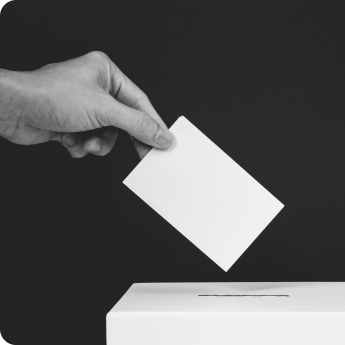Blog
As Partial PPP Extension Looms, Big Questions Remain
There is broad agreement that our small businesses need help in these challenging times, especially with the resurgence of the coronavirus raging across the country. Senate lawmakers and the White House are considering several proposals, but news reports indicate they have not yet reached a consensus. One point they seem to agree on is extending the Small Business Administration’s (SBA) broken Paycheck Protection Program (PPP) in some way, shape, or form, but key details are lacking to address fundamental problems with the program.
Due to the Trump administration’s poor design and execution of the program, large corporations and the well-connected were able to exploit the program from the start with little oversight while businesses that needed help the most, particularly in communities of color, were shut out. The PPP is ripe with fraud, resulting in multiple investigations from the General Accounting Office and the SBA Inspector General. We have poor data on which to evaluate the program allowing the administration to claim the program helped save tens of millions of jobs that does not hold up against scrutiny.
Continuing to do the same thing over and over again will likely produce the same result. In other words, extending the PPP without addressing these consequences above will mean the program will be ripe for waste, fraud and abuse, while not getting to the people who need it most.
Here are four questions that the administration needs to answer before making any extensions to the PPP:
How is the administration ensuring that PPP funds reach the people who need them most?
- When the program first started processing PPP applications, banks and lending institutions prioritized large and publicly-traded corporations and those with which they had pre-existing relationships — leaving small businesses, especially those owned by people of color, at a distinct disadvantage. These banks are now facing a lawsuit over their actions.
- An estimated 66,000 to 110,000 small businesses have closed permanently in the past several months. And due to the program’s faulty design, an overwhelming number of Black-owned businesses were shut out from the start. One survey of PPP applications from early May found that just 12% of Black and Latinx business owners received the SBA relief for which they had applied, and a new report in Salon this week shows that of the over 12,000 PPP loans processed by Wells Fargo for $150,000 or higher, only one went to a Black-owned business.
How is the administration guarding against fraud?
- Evidence indicates that some companies may have used funds for purposes other than supporting their businesses, fraudulently obtained PPP funds, or even gotten double loans — which the SBA’s inspector general is investigating to the tune of more than $100 million. And a Government Accountability Office report warned that the program’s design left it “vulnerable to exploitation by those who wish to circumvent eligibility requirements or pursue criminal activities.”
- The Trump administration claims that the PPP saved 51 million jobs, but further investigation calls casts doubt on that statistic. There must be an audit of the PPP to determine how and why these errors and potentially fraudulent uses of the program could occur.
How is the administration tracking the money?
- The administration has only released data on 14% of the program’s recipients, and already the data demonstrates myriad issues. Several companies listed as having received PPP funds have denied receiving any aid, casting doubt on the data’s integrity. And one analysis even suggested “the job numbers in one out of every five PPP loans” needs to be called into question.
- Between unreliable data, reports of fraud, and general confusion surrounding loan recipients, the PPP’s lack of transparency has caused chaos — and left the public unable to know exactly where their taxpayer dollars are going. Future small business relief must include enforceable disclosure, transparency and oversight measures to know how PPP funds were spent in order to ensure that taxpayer dollars are being used by the right people for the right reasons.
What information is the administration disclosing to the public?
- Stringent, enforceable oversight and accountability measures are crucial to ensuring the PPP is run fairly and can actually serve the small business owners and workers that need it. The administration must provide information on which companies received loans, how much they got, and how they fared in order to ensure the success of the PPP and any relief programs that follow.
See Accountable.US’s recent memo on the important improvements needed for the next small business relief package here.
###
